SBVS272B November 2015 – December 2023 TPS3711
PRODUCTION DATA
- 1
- 1 Features
- 2 Applications
- 3 Description
- 4 Pin Configuration and Functions
- 5 Specifications
- 6 Detailed Description
- 7 Application and Implementation
- 8 Device and Documentation Support
- 9 Revision History
- 10Mechanical, Packaging, and Orderable Information
Package Options
Mechanical Data (Package|Pins)
- DDC|6
Thermal pad, mechanical data (Package|Pins)
Orderable Information
5.7 Typical Characteristics
at TJ = 25°C and VDD = 12 V (unless otherwise noted)
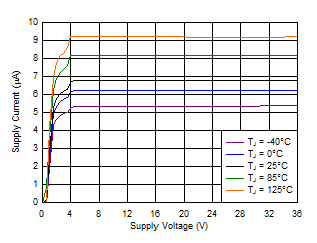
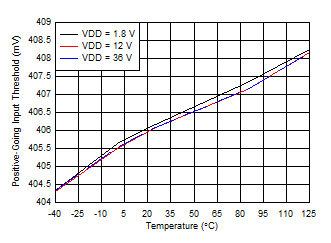
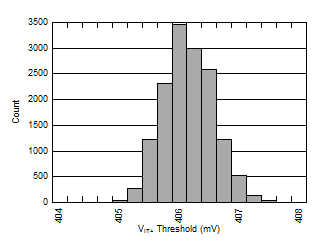
| VDD = 1.8 V |
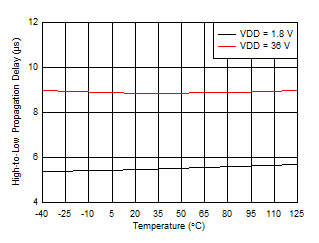
| Input step ±200 mV |
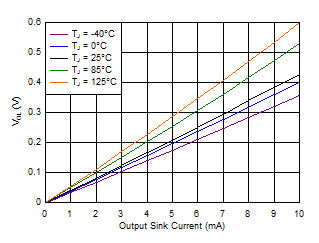
| VDD = 1.8 V | ||
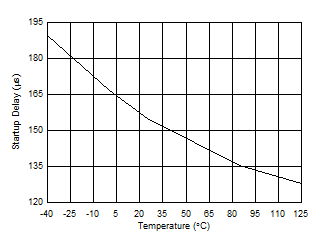
| VDD = 5 V | ||
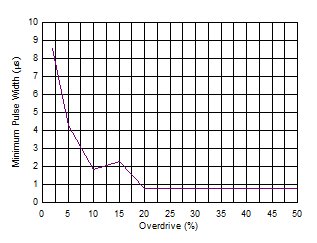
| VDD = 24 V, minimum pulse duration required to trigger output high-to-low transition, SENSE = negative spike below VIT– |
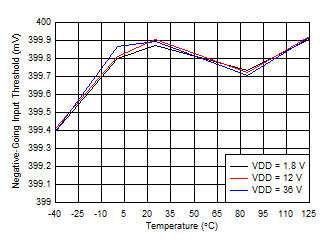
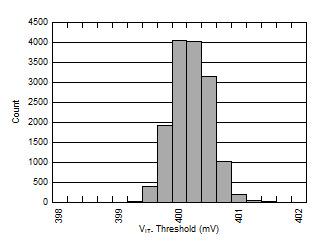
| VDD = 1.8 V |
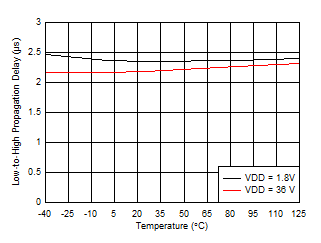
| Input step ±200 mV |
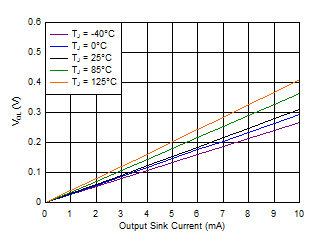
| VDD = 12 V | ||